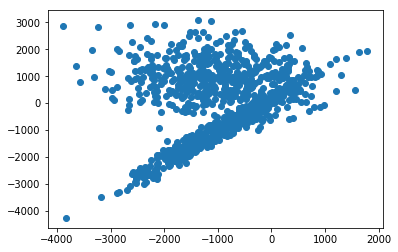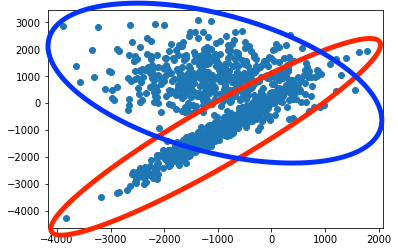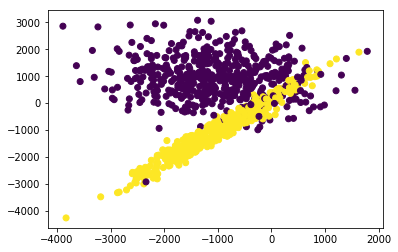To limit ssh access to a linux box based on originating IP address, edit /etc/hosts.allow:
- sshd : localhost : allow
- sshd : 192.168.0. : allow
- sshd : 99.151.250.7 : allow
- sshd : mydomain.net : allow
- sshd : ALL : deny
Notes:
This is a blog to track what I had learned and share knowledge with all who can take advantage of them
* You can allow or deny based on ip address, subnet, or hostname.
* List rules in order of most to least specific. The file only gets read until a matching line is found, so if you start with ssdh : ALL : deny, no ssh connections will be allowed.
* You can control access to other tcp wrapped services as well - see the hosts.allow man page for details: http://linux.die.net/man/5/hosts.allow



Source From Here 方案1: // x -----删除忽略文件已经对 git 来说不识别的文件 // d -----删除未被添加到 git 的路径中的文件 // f -----强制运行 # git clean -d -fx 方案2: 今天在服务器上 gi...